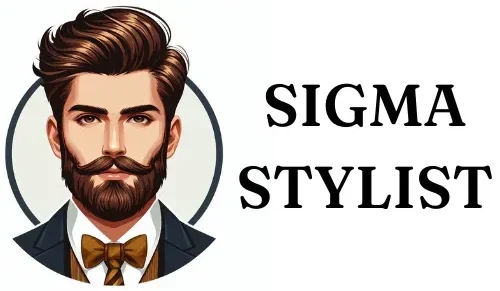The Dutch boy haircut has been a beloved style for decades, known for its charming simplicity and youthful appeal. Originally inspired by the hairstyles depicted in Dutch Renaissance paintings, this classic look has evolved over time to suit modern tastes while retaining its iconic essence. Whether you’re looking for a fresh style for your child or considering a nostalgic throwback for yourself, these 20 classic Dutch boy haircuts offer something for everyone. Let’s explore these timeless styles that combine practicality with an undeniable cute factor.
1. The Traditional Dutch Boy
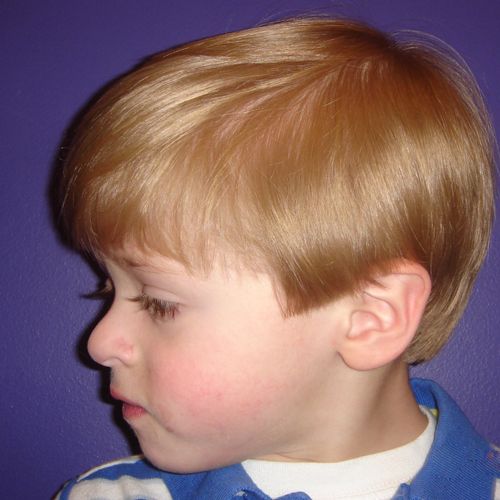
The quintessential Dutch boy haircut features a straight, blunt cut that falls just above or at the eyebrows, paired with equally straight sides that typically reach the bottom of the ears. This style is characterized by its perfect symmetry and bowl-like shape, creating a frame around the face that emphasizes the eyes and cheekbones. The back is usually cut straight across, maintaining the same length as the sides.
To achieve this look, hair is typically cut wet and then blow-dried straight to ensure a smooth, even finish. This haircut works best on straight to slightly wavy hair types and can be adapted for various hair thicknesses. Regular trims every 4-6 weeks are necessary to maintain the precise shape and prevent the fringe from obstructing vision.
2. The Softened Dutch Boy
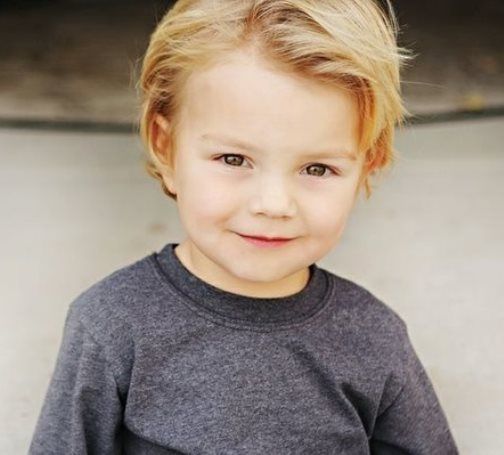
A modern take on the classic, the softened Dutch boy retains the overall shape but incorporates subtle layering and texturizing to create a softer, more natural look. The fringe is still cut straight across but may be slightly shorter or longer than the traditional eyebrow-grazing length. The sides and back are gently layered to remove bulk and allow for easier styling.
This version is particularly flattering for those with rounder face shapes, as the softer edges help to elongate the face. It’s also an excellent choice for those with thicker hair, as the layers help to manage volume. To style, use a round brush while blow-drying to create a slight curve at the ends, enhancing the soft appearance.
3. The Choppy Dutch Boy
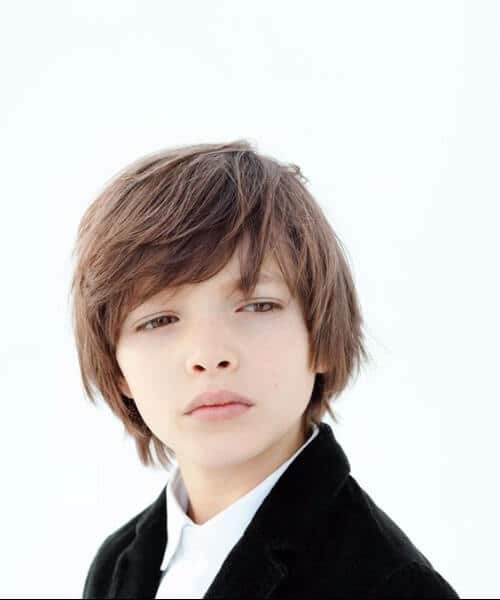
For a more edgy and contemporary twist, the choppy Dutch boy incorporates textured ends and a slightly uneven fringe. This style maintains the overall shape of the Dutch boy but uses point-cutting techniques to create a piecey, tousled look. The fringe may be cut at varying lengths, with some strands falling just above the eyebrows and others skimming the lashes.
This haircut is ideal for those with fine to medium hair, as the choppy texture adds volume and movement. It’s also a low-maintenance option that looks great air-dried for a casual, effortless vibe. To enhance the texture, apply a small amount of styling paste or sea salt spray to damp hair and scrunch while drying.
4. The Asymmetrical Dutch Boy
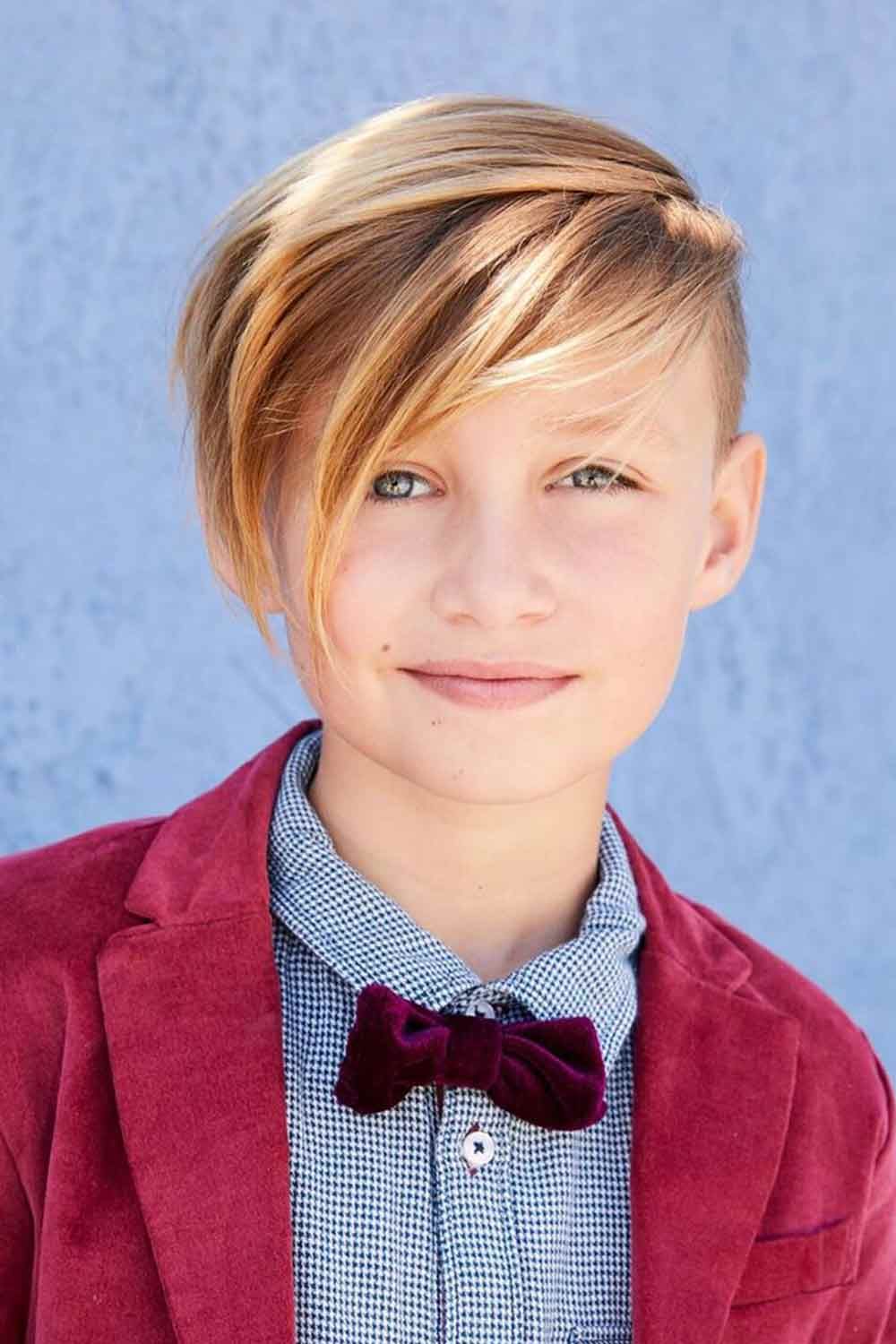
This modern interpretation of the Dutch boy features an off-center part and an asymmetrical fringe. One side of the fringe is cut longer, typically sweeping across the forehead, while the other side is shorter. The overall length remains consistent with the traditional Dutch boy, but the asymmetry adds a contemporary edge.
This style works well for those looking to add some flair to the classic look or to balance out asymmetrical facial features. It’s particularly flattering on oval and heart-shaped faces. Styling can be versatile, with the option to wear the longer side of the fringe swept to either side or even pinned back for variety.
5. The Curly Dutch Boy
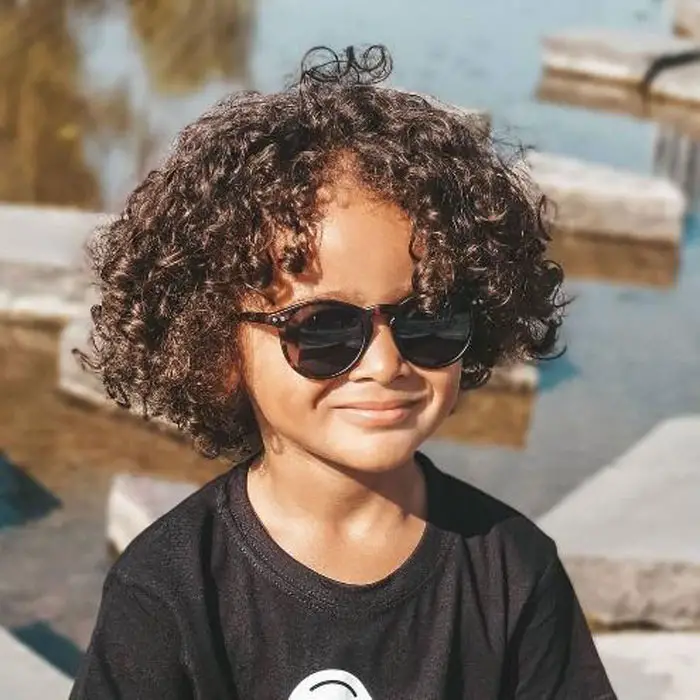
Embracing natural texture, the curly Dutch boy adapts the classic silhouette for curly and coily hair types. The cut maintains the rounded shape but allows for more volume and movement. The fringe is cut to fall just above or at the eyebrows when curly, with the sides and back following the same length principle as the traditional style.
This version requires careful cutting techniques, often on dry hair, to account for curl shrinkage and ensure an even shape. To style, use curl-defining products and either air-dry or diffuse to enhance natural curl patterns. This look celebrates texture while maintaining the charming Dutch boy aesthetic.
6. The Shaggy Dutch Boy
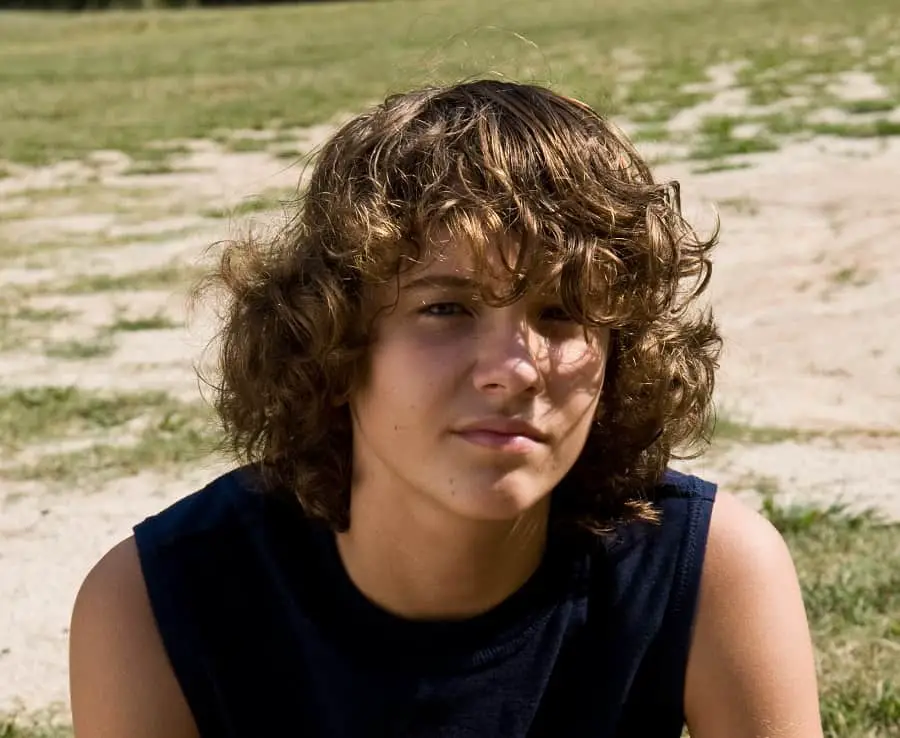
Combining the Dutch boy’s iconic shape with elements of a shag haircut, this style features longer layers throughout and a more textured fringe. The overall silhouette is still reminiscent of the Dutch boy, but with added movement and a slightly grown-out appearance. The fringe may be cut straight across or with subtle graduation.
This versatile cut works well for various hair types and face shapes. It’s particularly suited for those who want a low-maintenance style that can be easily tousled for a casual look or smoothed out for a more polished appearance. To style, apply a volumizing mousse to damp hair and rough-dry for added texture.
7. The Pixie Dutch Boy
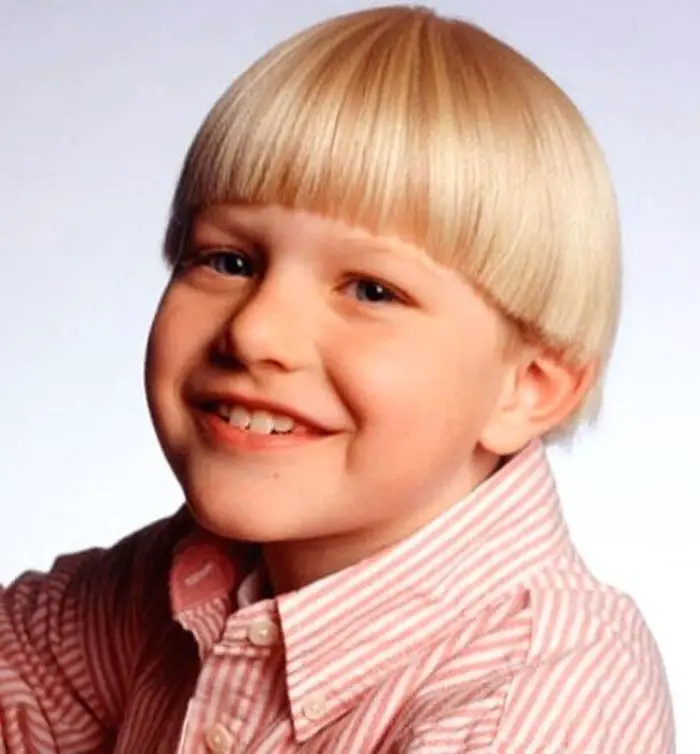
This hybrid style merges the Dutch boy’s distinctive fringe with the short sides and back of a pixie cut. The result is a chic, low-maintenance look that retains the youthful charm of the Dutch boy while offering the edginess of a pixie. The fringe is cut to classic Dutch boy specifications, while the sides and back are cropped short, often with tapered edges.
This cut is excellent for those with fine to medium hair looking to create the illusion of thickness and volume. It’s also a fantastic option for anyone wanting to transition from a traditional Dutch boy to a shorter style. Styling is minimal, requiring just a bit of texturizing product worked through the fringe and crown for definition.
8. The Layered Dutch Boy
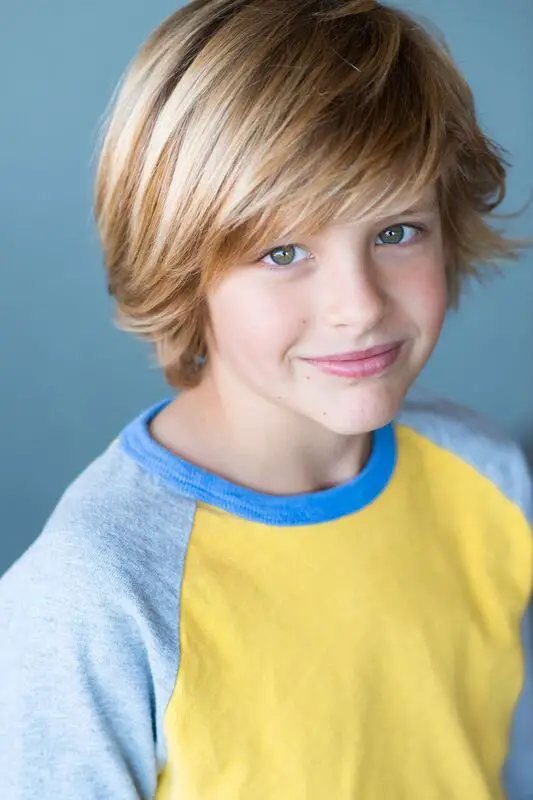
Adding layers to the classic Dutch boy creates a softer, more versatile look that works well for various hair types and face shapes. The signature fringe remains intact, but the rest of the hair is cut in subtle layers that add movement and reduce bulk. This technique is particularly beneficial for those with thick hair or looking to add volume to fine hair.
The layered Dutch boy can be styled sleek and smooth for a more polished look or tousled for a casual, lived-in appearance. It’s an adaptable cut that grows out gracefully, requiring less frequent trims than its more structured counterparts.
9. The Textured Crop Dutch Boy

This modern interpretation combines the Dutch boy’s iconic fringe with a textured crop on top. The fringe is kept at classic length, while the hair on the crown is cut shorter and heavily texturized to create a piecey, almost spiky appearance. The sides and back are typically tapered for a clean finish.
This edgy look is perfect for those wanting to maintain the youthful essence of the Dutch boy while incorporating contemporary styling elements. It works particularly well for straight to wavy hair types and can be easily styled with a matte paste or clay for definition and hold.
10. The Undercut Dutch Boy
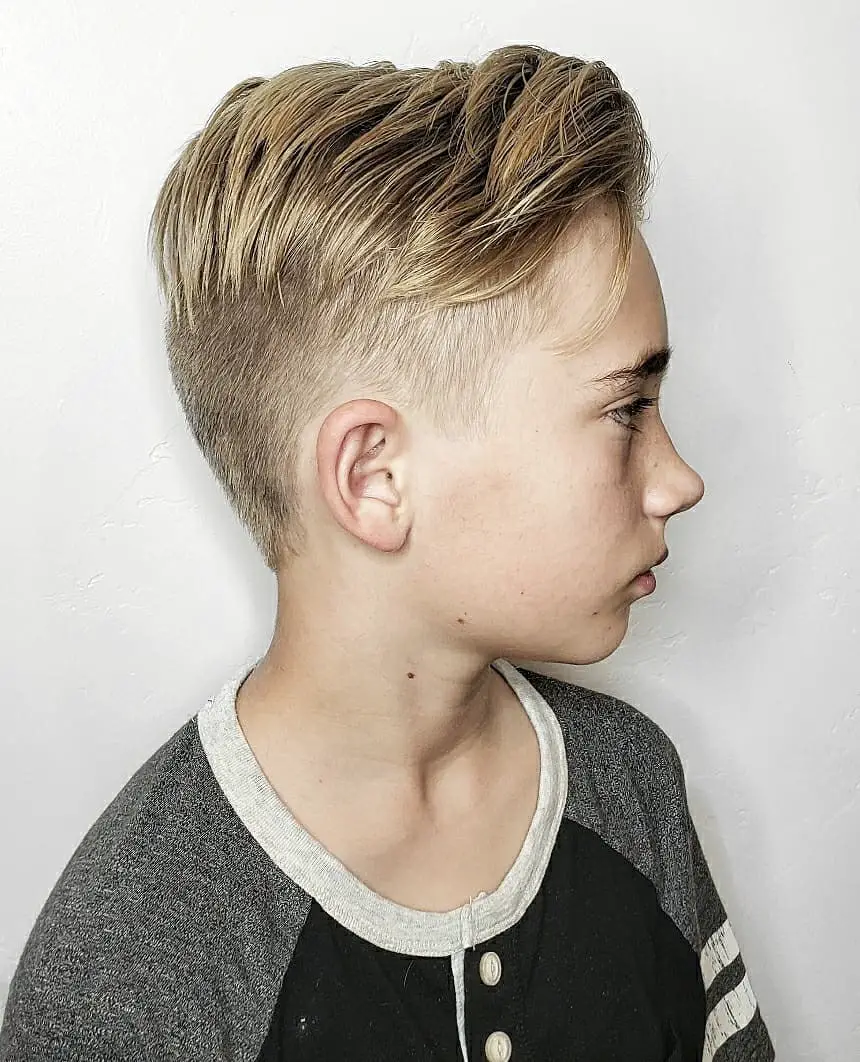
For a bold twist on the classic, the undercut Dutch boy features the traditional fringe and top length combined with closely buzzed sides and back. This creates a striking contrast between the longer top section and the short undercut, offering a modern, edgy aesthetic while maintaining the Dutch boy’s characteristic shape from the front.
This style is versatile and can be adapted to suit various preferences – the undercut can be subtle or dramatic, and the top can be worn sleek or textured. It’s an excellent option for those looking to make a statement while still nodding to the traditional Dutch boy look.
11. The Blended Dutch Boy
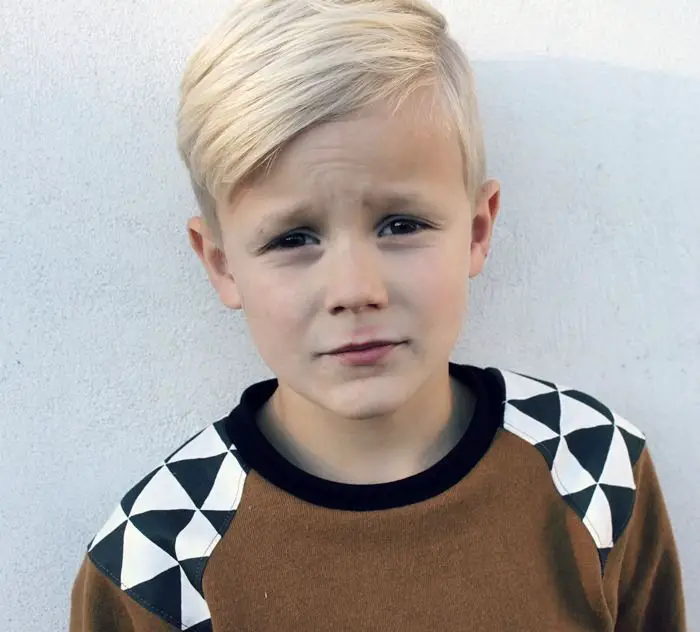
The blended Dutch boy offers a seamless transition between the fringe, sides, and back, creating a soft, cohesive look. Instead of the stark lines typical of the traditional cut, this version uses careful blending techniques to graduate the length smoothly from the fringe to the nape of the neck.
This style is particularly flattering for those with fine to medium hair, as it creates the illusion of fullness and movement. It’s also an excellent choice for anyone looking for a more subtle interpretation of the Dutch boy that grows out naturally. Styling can be as simple as applying a light-hold mousse and air-drying for a soft, natural finish.
12. The Feathered Dutch Boy
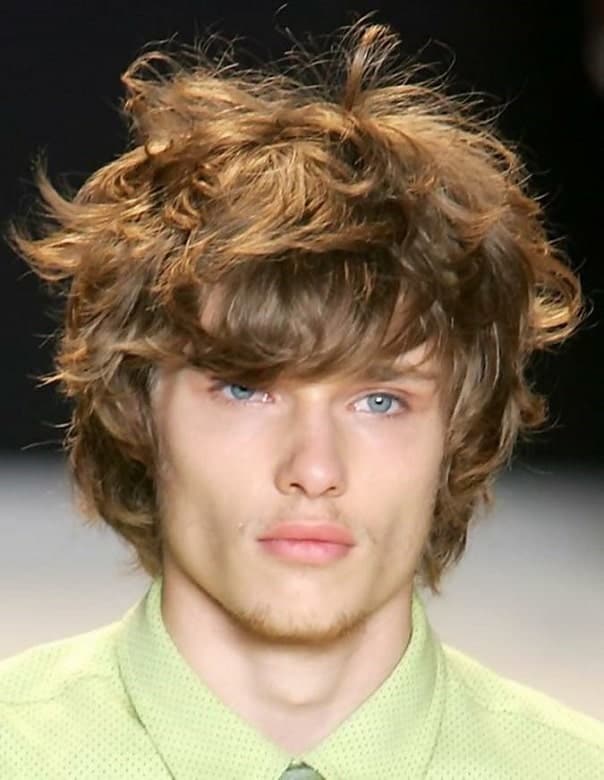
Incorporating feathering techniques into the Dutch boy cut results in a softer, more feminine version of the classic style. The signature fringe remains, but the rest of the hair is cut in light, feathered layers that create movement and texture. This technique is particularly effective for adding volume to fine hair and softening strong facial features.
The feathered Dutch boy can be styled with a round brush for a more polished look or finger-combed with a lightweight styling cream for a casual, tousled appearance. It’s a versatile cut that works well for various age groups and face shapes.
13. The Grown-Out Dutch Boy

This style embraces the natural evolution of the Dutch boy as it grows out, creating a longer, shaggier version of the classic cut. The fringe is allowed to grow past the eyebrows, often sweeping to the side or parted in the middle. The sides and back are also left longer, typically reaching the chin or shoulders.
The grown-out Dutch boy offers a low-maintenance option that retains the essence of the original style while allowing for more styling versatility. It’s particularly suited for those with wavy or curly hair, as the added length enhances natural texture. Styling can range from sleek and straight to tousled and beachy, depending on personal preference.
14. The Micro Fringe Dutch Boy
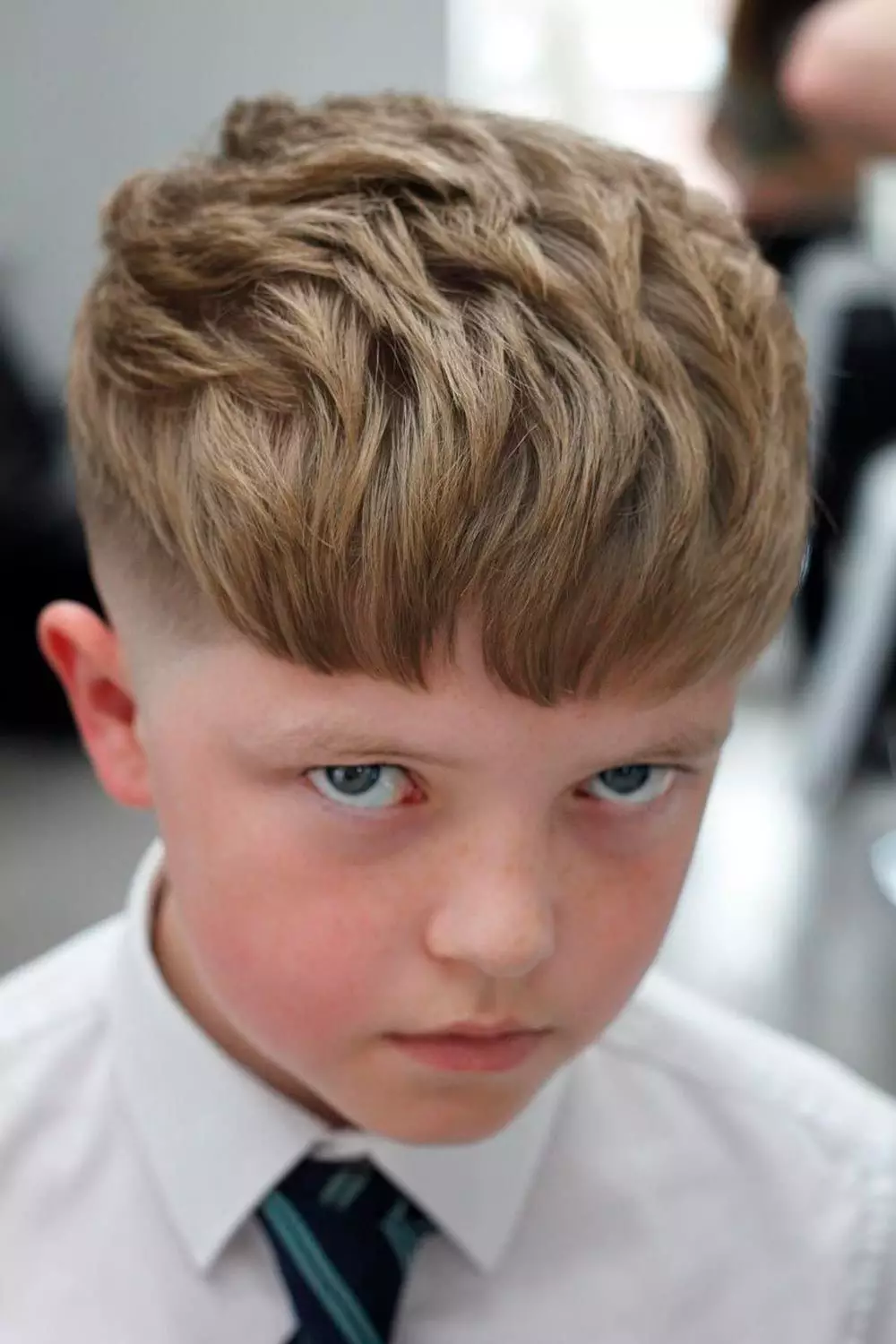
This daring variation features an ultra-short fringe, cut high above the eyebrows, while maintaining the traditional length on the sides and back. The micro fringe adds a bold, fashion-forward element to the classic Dutch boy silhouette, creating a striking and unique look.
This style works best on those with oval or heart-shaped faces and can be particularly flattering for those with high foreheads. It requires confidence to pull off and regular trims to maintain the precise fringe length. Styling is minimal, with the option to add texture to the longer sections for contrast.
15. The Tapered Dutch Boy

Combining elements of a traditional taper cut with the Dutch boy’s signature fringe, this style features gradually shortened sides and back while maintaining length on top. The fringe is kept at classic Dutch boy length, creating an interesting interplay between the longer top and the tapered sides.
This versatile cut works well for various hair types and can be styled in multiple ways. For a sleek look, the top can be combed forward and to the side, while a more textured appearance can be achieved with styling products and tousling. It’s an excellent option for those wanting a more masculine or mature take on the Dutch boy.
16. The Wispy Dutch Boy
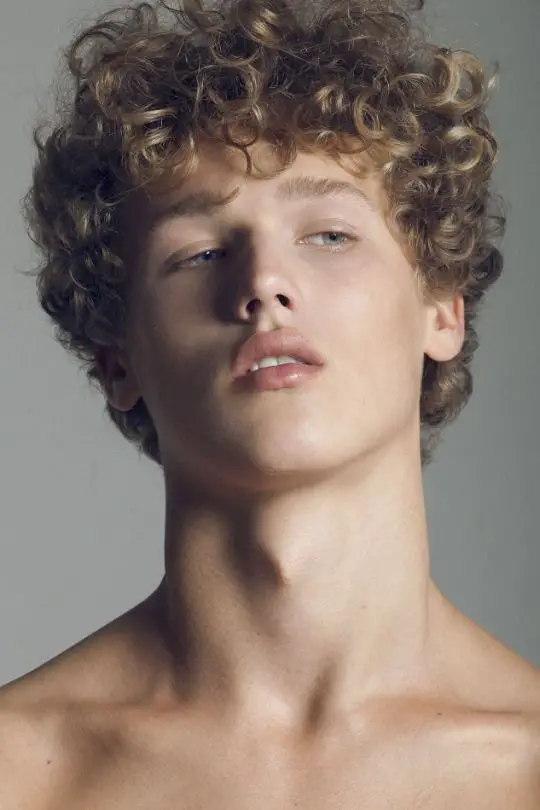
Ideal for fine hair, the wispy Dutch boy incorporates light, airy layers throughout the cut to create movement and the illusion of volume. The fringe is cut in a softer, more piecey manner, often with subtle graduation. The overall effect is a delicate, ethereal version of the classic Dutch boy.
This style works particularly well for those with oval or long face shapes, as the wispy texture adds width and softness. Styling products should be kept light to maintain the airy quality of the cut – a volumizing mousse or light-hold styling cream are ideal choices.
17. The Curtain Fringe Dutch Boy
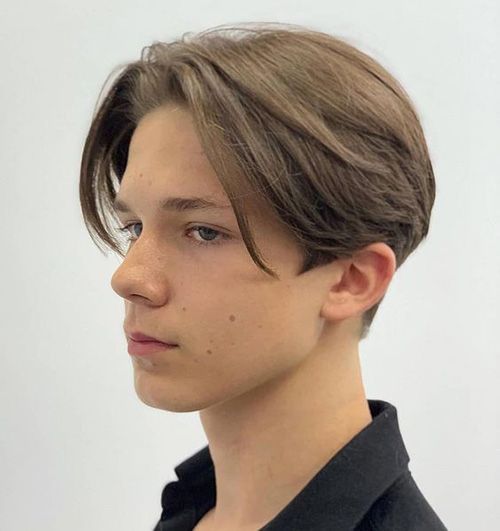
This style combines the Dutch boy’s characteristic shape with a center-parted curtain fringe. The fringe is cut longer than the traditional Dutch boy, typically falling to cheekbone level, and is parted in the center to frame the face. The sides and back maintain the classic Dutch boy length.
The curtain fringe Dutch boy offers a softer, more romantic take on the original style and works well for various face shapes. It’s particularly flattering for those with high foreheads or looking to soften strong facial features. Styling can be achieved with a round brush for a polished look or with fingers for a more casual, lived-in appearance.
18. The Textured Bob Dutch Boy

Merging elements of a classic bob with the Dutch boy’s signature fringe, this style features a blunt-cut bob length (typically chin to shoulder) with a strong, straight-across fringe. The overall cut is heavily texturized to create movement and reduce bulk.
This modern interpretation works well for various hair types and face shapes. It offers the youthful charm of the Dutch boy combined with the sophistication of a bob. Styling can range from sleek and straight to tousled and beachy, making it a versatile option for different occasions.
19. The Faux Hawk Dutch Boy
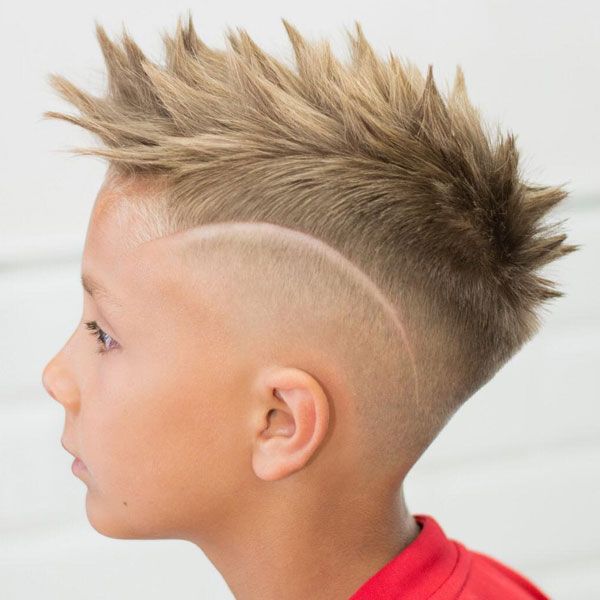
For those seeking an edgy twist on the classic, the faux hawk Dutch boy combines the traditional fringe with a longer, mohawk-inspired top section. The sides are cut shorter or even undercut, while the top is left longer and styled upwards and backwards to create a faux hawk effect.
This bold style works best on straight to slightly wavy hair and can be adapted to suit various face shapes. It requires more styling effort, typically involving strong-hold products and blow-drying techniques to achieve the desired height and texture.
20. The Choppy Pixie Dutch Boy
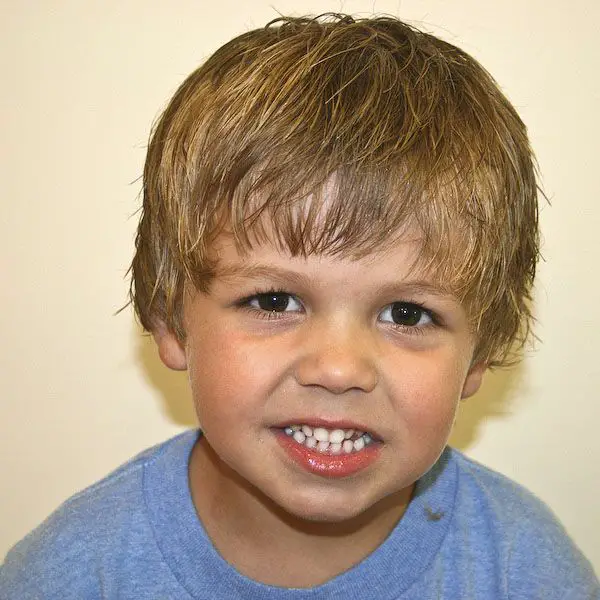
Rounding out our list is a short, choppy version that combines elements of a pixie cut with the Dutch boy’s iconic fringe. The fringe is cut in a choppy, textured manner, while the rest of the hair is kept very short, often with an undercut or tapered sides and back.
This low-maintenance style is perfect for those wanting to make a statement while retaining the youthful essence of the Dutch boy. It works well for various hair types and face shapes, offering a bold, contemporary look that’s easy to style and grow out.
In conclusion, the Dutch boy haircut has proven its staying power, evolving to suit changing tastes while maintaining its core charm. From traditional interpretations to modern twists, these 20 variations offer a range of options for anyone looking to embrace this timeless style. Whether you prefer a classic look or a more edgy approach, there’s a Dutch boy haircut to suit every personality and hair type. Remember, the key to pulling off any of these styles is confidence – wear your chosen Dutch boy cut with pride and let your unique personality shine through!
